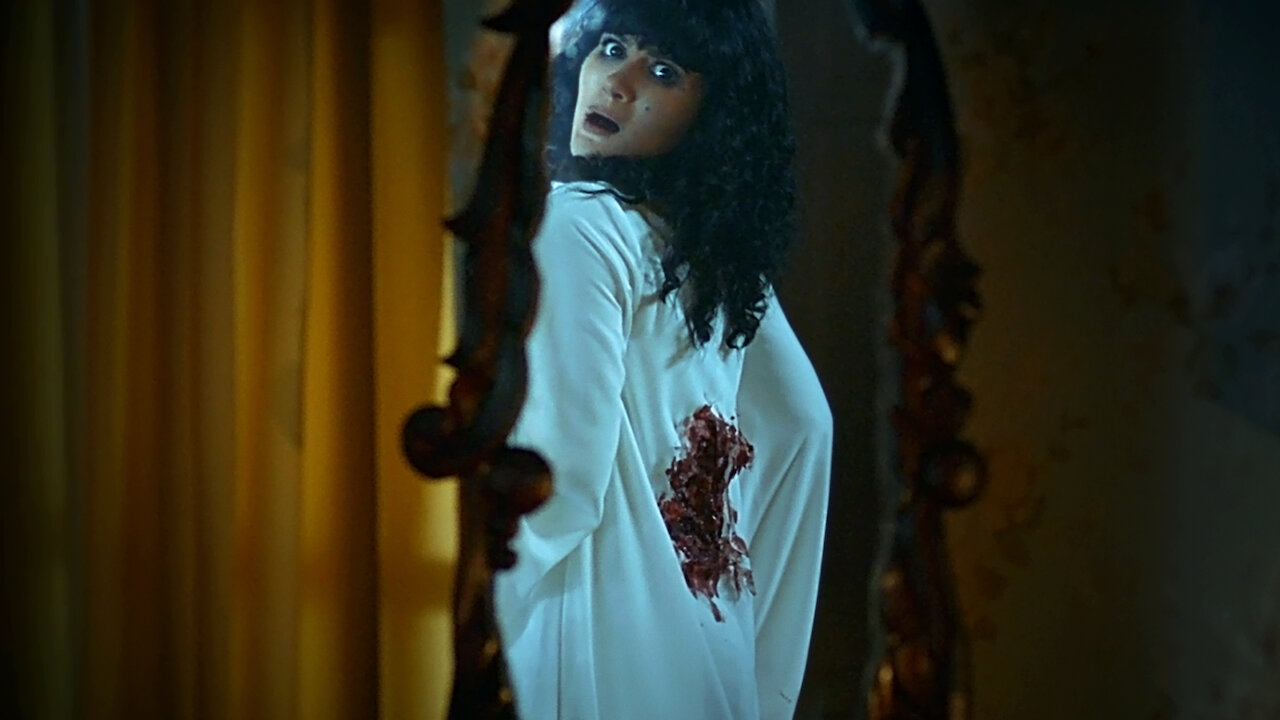
when Horror Yearbook – Sundel Bolong is one of Indonesia’s most eerie and mysterious legends. This ghostly figure is known for her tragic past. Often described as a woman with a hole in her back, she haunts those who cross her path. Her story has been passed down through generations, becoming a significant part of Indonesian folklore. In this article, we will explore the origins of the Sundel Bolong myth, its eerie details, and the cultural significance behind it.
Sundel Bolong is believed to be the ghost of a woman who died a cruel and painful death. The legend often describes her as a woman who was betrayed or wronged, leading to her untimely death. In some versions of the story, Sundel Bolong was a beautiful woman who became pregnant out of wedlock. As a result, she was ostracized by her community. She was left to fend for herself, and her child tragically died during birth. The trauma from this experience, combined with her societal rejection, caused her untimely demise.
After her death, Sundel Bolong’s spirit is said to have returned, with a hole in her back. This hole is believed to be the result of the harsh treatment she suffered during her life. The hole is often depicted as a symbolic representation of the emotional and physical pain she endured. Her spirit now roams the earth, seeking vengeance on those who wronged her. Many believe that Sundel Bolong’s tragic fate transformed her into a powerful and vengeful spirit.
“Read about: The Dark Charm of Kuman Thong: Blessing or Curse?”
The image of Sundel Bolong is both terrifying and sorrowful. She typically appears as a woman with long, flowing black hair and a pale face. Her appearance is strikingly beautiful, but an aura of sadness surrounds her. Her most distinguishing feature is the large hole in her back, which people often describe as a gaping wound. This hole represents the place where someone violently took her life, and it serves as a haunting reminder of her suffering.
The hole in her back directly relates to how she died. In some versions of the myth, a violent act or physical abuse caused the hole. Therefore, the hole becomes a physical manifestation of her emotional wounds, which never heal, even in death. Her ghostly appearance sends chills down anyone’s spine, as it symbolizes not only death but also deep sorrow and vengeance.
According to the legend, Sundel Bolong’s spirit haunts the living, especially those who are deserving of her wrath. She is said to appear to unsuspecting people, often at night, with her ghostly figure floating through the darkness. Her ghostly presence is often accompanied by the sound of eerie cries, as if mourning her lost life.
Sundel Bolong is known to target men, as many versions of the legend suggest that her death was linked to a betrayal by a man. When she appears to men, she is said to seek revenge for the pain they caused her in life. In some tales, she lures men to dark, secluded areas, where she reveals her horrifying appearance. Once they see the hole in her back, they are either struck with fear or are taken away by her vengeful spirit.
It is said that those who encounter Sundel Bolong and survive may feel an overwhelming sense of guilt and sadness, as if the spirit of the woman has left an emotional imprint on them. These encounters are said to leave lasting psychological scars on those involved.
“Read more: The Mysterious Tale of Nang Tani: The Green Lady Ghost”
Sundel Bolong is not just a terrifying myth; she also carries cultural and societal significance. Her story is often used as a warning against the mistreatment of women and the consequences of societal rejection. The legend serves as a reminder of the emotional and physical pain that individuals, especially women, may endure when cast aside by society.
The hole in her back can be interpreted as a symbol of the void left by loss and betrayal. It reflects the emotional toll that abandonment can take on a person. Sundel Bolong’s spirit represents the idea that unresolved trauma and injustice can manifest in the form of vengeful spirits. Her haunting serves as a metaphor for the damage caused by societal prejudice and the consequences of ignoring a person’s suffering.